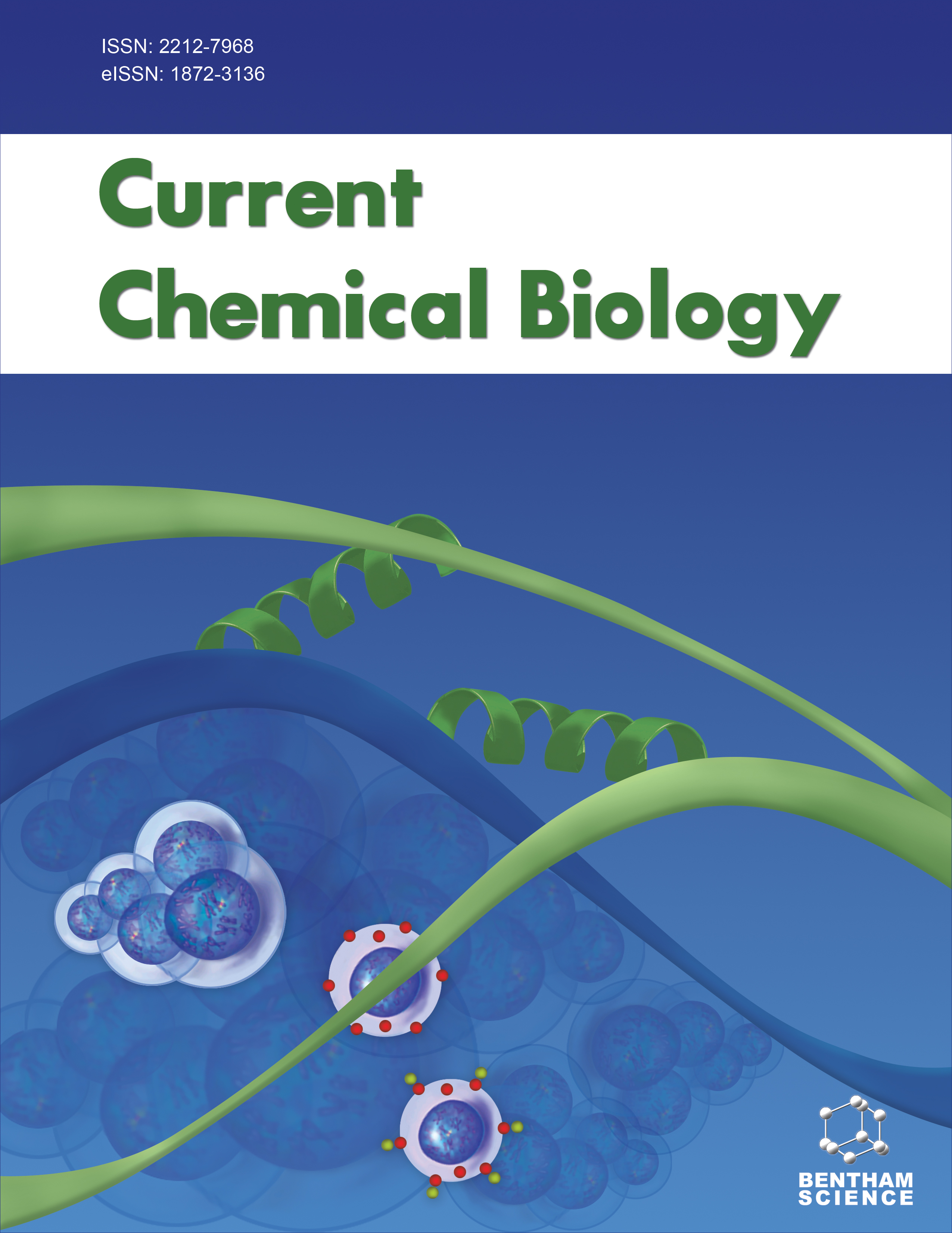
Full text loading...
We use cookies to track usage and preferences.I Understand
Nanoparticles (NPs) are reliable biological tools for curative purposes through their application in nanomedicine. The present study synthesized and characterized silver nanoparticles (AgNPs) from Tetrapetra tetrapleura fruit. The investigation aims to examine the antidiabetic effect of the AgNPs using in vitro and in vivo models.
Briefly, the synthesized AgNPs were confirmed by the application of ultraviolet-visible (UV-Vis) spectroscopy, and five other techniques, viz; transmission electron microscopy (TEM) techniques, Fourier transform infrared (FTIR) spectroscopy, energy dispersive X-ray spectroscopy (EDX), X-ray diffraction analysis (XRD) and scanning electron microscope (SEM). The in vitro model assay investigated the scavenging effect of AgNPS on 2,2-diphenyl-1-picrylhydrazyl (DPPH), superoxide anion (O2ˉ), hydroxyl anion (-OH), ferric reducing antioxidant power (FRAP), and α-amylase/α-glucosidase inhibitory activity. The in vivo model involving rats-induced type-2 diabetes with streptozotocin (STZ) was divided into six (6) groups of seven (7) rats each to assess antioxidative parameters.
The AgNPs scavenged free radicals (DPPH) and moderately inhibited (O2ˉ), hydroxyl anion (-OH), reduced ferric to ferrous ions, and inhibited both α-amylase and α-glucosidase activity with increasing concentrations. Similarly, AgNPs ameliorated oxidative stress imposed by type 2 diabetes on the rats’ tissues significantly (p < 0.05), depleting total cholesterol, low-density lipoprotein (LDL), and increased total protein composite and high-density lipoprotein (HDL) contents. The AgNPs enhanced catalase and superoxide dismutase, reduced glutathione (GSH), and, concomitantly, decreased malondialdehyde (MDA) levels in the tissue homogenate.
These findings provide scientific evidence for the first time, finding the application of a biogenic compound synthesized from T. tetrapleura fruit in the treatment of type 2 diabetes.

Article metrics loading...

Full text loading...
References


Data & Media loading...

